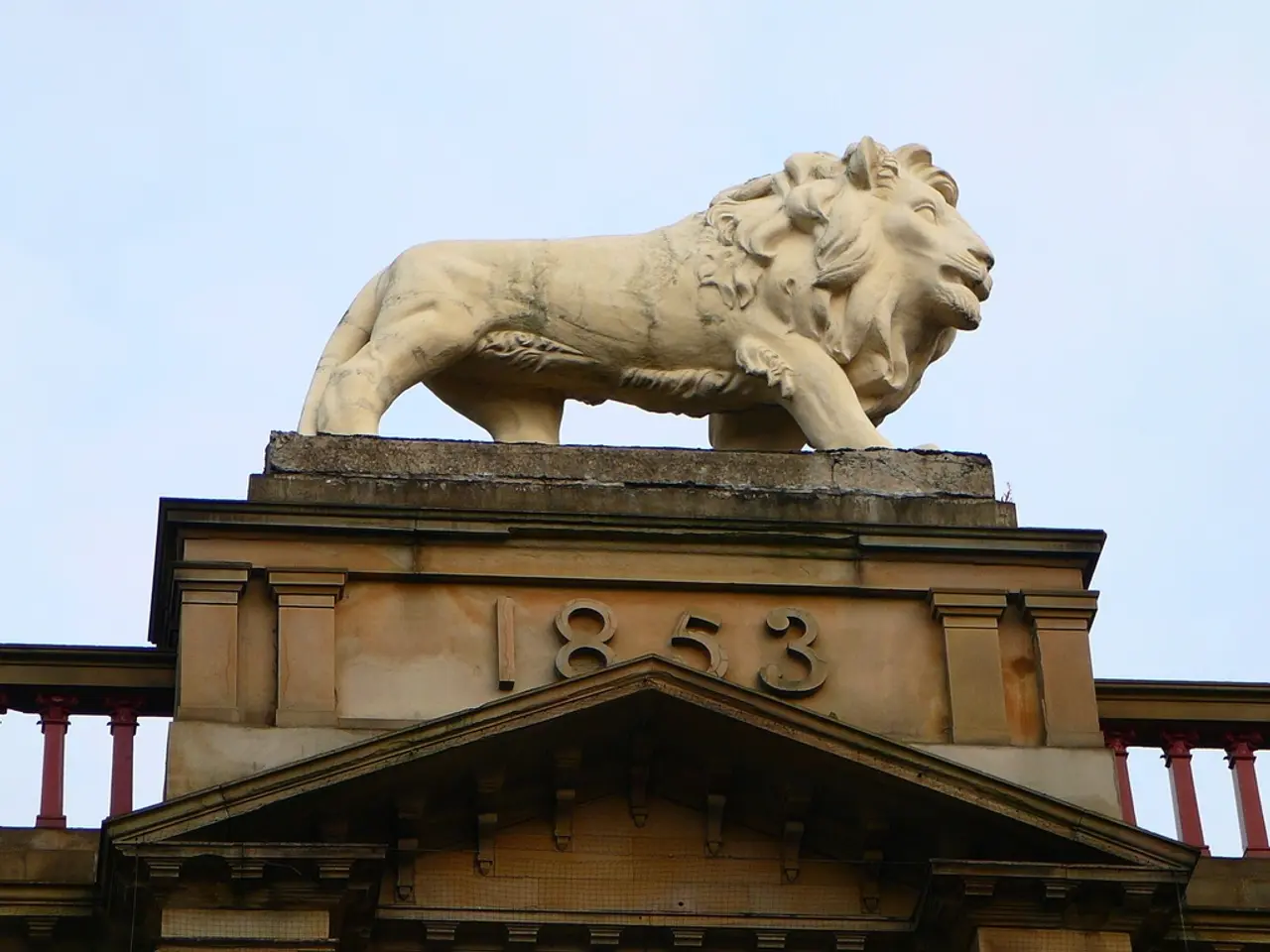Hidden Gems: The Unique Manuscript
In the heart of medieval Europe, a significant document from the Scottish Wars of Independence has been preserved and cherished for centuries. Known as the Lübeck Letter, this historical artifact offers a fascinating glimpse into the diplomatic efforts of Scottish leaders during their struggle for independence.
Written shortly after the Battle of Stirling Bridge in 1297, the letter was sent by William Wallace, a national hero of Scotland, to the city council of Lübeck. Its purpose was twofold: to establish the newly won Scottish independence on economically solid foundations and to reiterate the invitation for the Hanseatic League towns, including Lübeck and Hamburg, to resume trade with Scotland despite the ongoing conflict with England [1][3][5].
The Lübeck Letter is housed in the Lübeck city archive, located at Mühlendamm 1-3, 23552 Lübeck. This rare primary source document provides direct insight into Wallace’s leadership and strategies, as most knowledge about him otherwise comes from chronicles or later retellings [1][3][4]. The letter, which can be found under the signature 7.1-3.1 Anglicana 12a in the archive, is the only surviving document worldwide from Scottish national hero William Wallace [6].
The significance of the Lübeck Letter extends beyond its historical context. It demonstrates early international engagement by Scottish resistance leaders, reflecting the broader European political and economic dimensions of the conflict rather than a purely local uprising. Moreover, it helps clarify the historical timeline and confirms Wallace’s active role in 1297, around the time of key events such as the Battle of Stirling Bridge, solidifying his place not just as a military leader but as a political actor seeking external alliances [1][3][4].
The letter's significance is further amplified by the fact that it is the only document from Wallace. As such, it is valued not only for its historical content but also as a symbol of Scotland’s medieval international relations and the complexities of resistance leadership beyond battlefield valor.
Delegations from Scotland frequently visit the Lübeck city archive to see this letter, and its importance has led to attempts to bring it to Scotland as a national cultural asset. However, Lübeck has maintained ownership, preserving this precious piece of history for future generations to marvel at.
For those interested in learning more about the Lübeck Letter, the Lübeck city archive's website can be found at luebeck.de. The letter, written on a piece of parchment that is not adorned with great decorative elements, suggests it was a practical document, further emphasizing its historical value [2]. Only Wallace's seal is preserved from the originally two seals on the letter, providing a tangible connection to this pivotal figure in Scottish history.
In conclusion, the Lübeck Letter offers a unique perspective on Scotland’s struggle for independence, showcasing the diplomatic efforts of its leaders and the importance they placed on external alliances. As a rare primary source document from William Wallace, it serves as an invaluable resource for scholars and history enthusiasts alike.
The Lübeck Letter, a treasure housed in the Lübeck city archive, serves as an essential source for understanding the diplomatic efforts of Scottish leaders during war-and-conflicts, particularly their attempts to secure trade with the Hanseatic League even amidst politics that were far from peaceful. This primary source document, written by William Wallace, provides a fascinating glimpse into general-news about the Scotland's struggle for independence and Wallace's leadership strategies.








